
In today’s modern world, power strips have become a staple in our homes and offices. They provide convenience by allowing multiple electronic devices to be plugged into a single outlet. However, it’s essential to remember that not all appliances are meant to be connected to a power strip. In this article, we’ll explore 15 items that you should never plug into a power strip to ensure the safety of your home or workplace.
Major Appliances
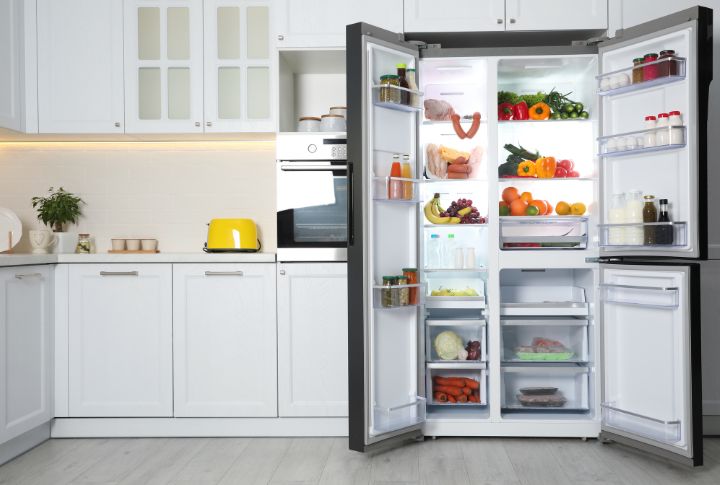
Refrigerators, washers, dryers, and air conditioners require substantial electricity. If you plug them into a power strip designed for smaller electronics, you might overload it and cause it to overheat, which could lead to a fire.
Space Heaters
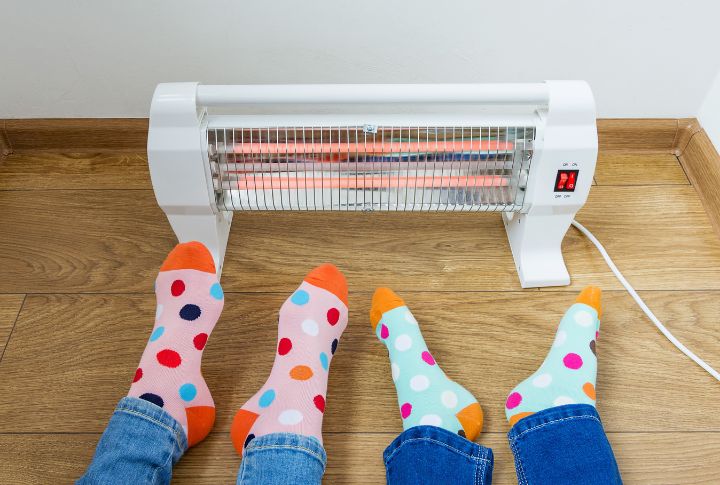
Space heaters consume significant amounts of electricity and generate considerable heat. When plugged into a power strip designed for low-power tools, they can overheat, catch fire, or melt. Connect space heaters candidly to a wall outlet and never leave them unattended while in use.
High-Wattage Lighting
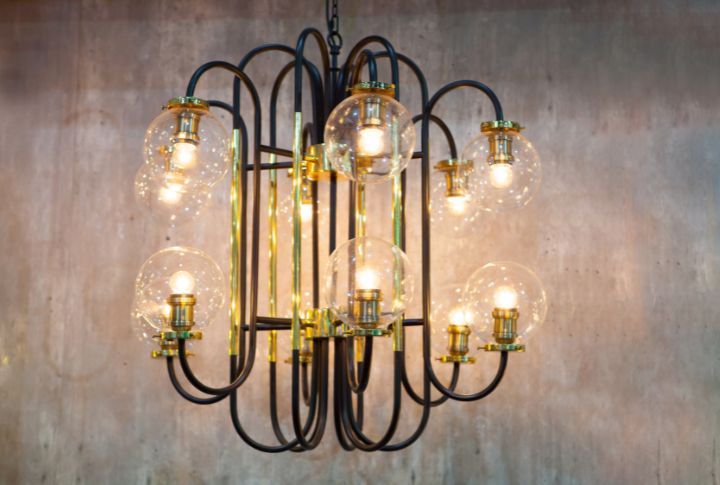
Certain types of lighting, such as halogen lamps or high-wattage bulbs, draw considerable power when turned on. Plugging them into a power strip alongside other equipment can overload the strip and create a fire hazard. It’s safer to connect high-wattage lighting directly to a wall trench.
Power Tools
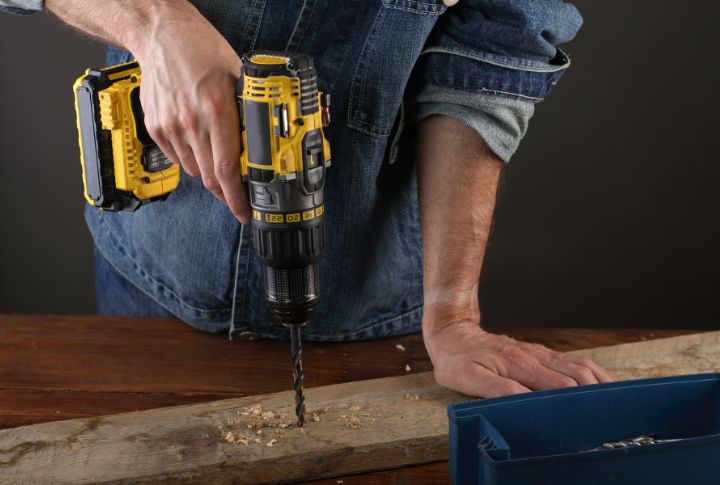
Drills, saws, and sanders require a robust electrical connection to operate safely. If you plug these power tools into an electrical strip intended for small electronics, the strip can malfunction or catch fire. Attach them to a wall opening, preferably with Ground Fault Circuit Interrupter (GFCI) protection.
Electric Grills or Fryers

Cooking appliances that generate heat or require high power, such as electric grills or fryers, should never be connected to a power strip. Doing so can surcharge the strip and pose a fire risk. Instead, plug these appliances directly into a dedicated wall outlet, ideally with Ground Fault Circuit Interrupter (GFCI) protection.
Hair Styling Tools
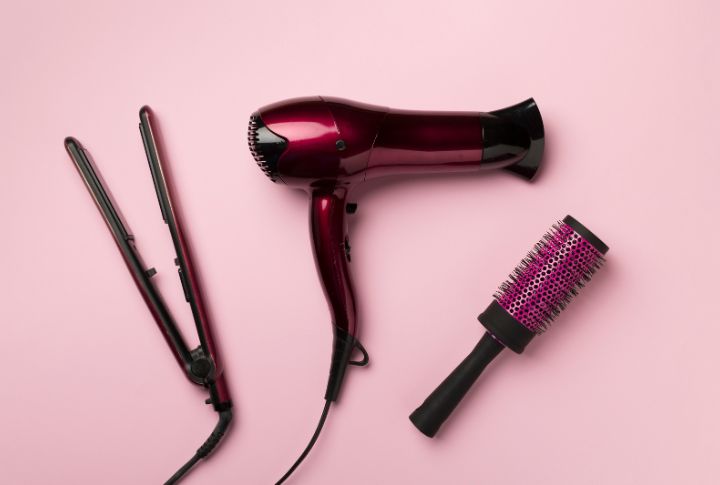
You’ll notice that hair dryers, curling irons, and straighteners draw significant power when used. Plugging them into a power strip alongside other appliances can overload the strip and cause it to overheat or catch fire.
Medical Equipment
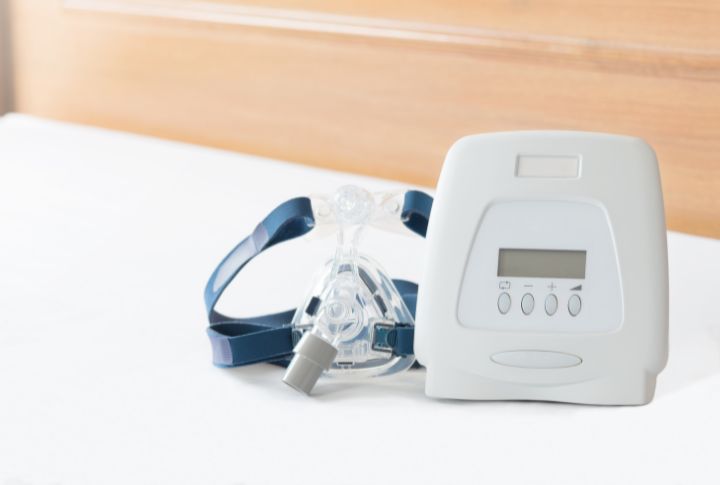
Medical devices such as CPAP machines or oxygen concentrators are essential for many individuals’ health and well-being. Fixing them into a power strip can pose a severe risk, as a failure could disrupt vital medical care. Consider using a surge protector with the built-in medical-grade tool.
Aquarium Equipment

Plugging some equipment into a power strip can overload it and jeopardize the safety of your pets. Various electrical devices such as pumps, filters, and heaters are required to maintain a healthy environment for marine life in aquariums. Always fix the aquarium equipment to a wall trench, and use a surge protector if necessary.
Electric Blankets
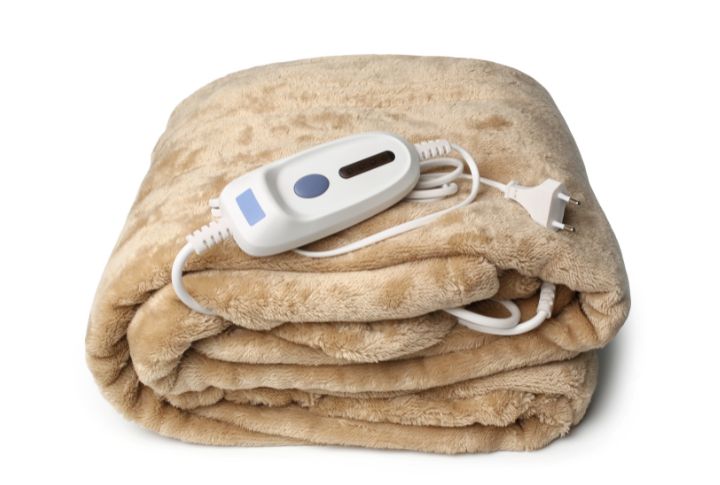
This device is designed to provide warmth during cold weather but poses a hazard if not properly used. Attaching electric blankets to a power strip alongside other gadgets increases the risk of overloading and overheating the strip. You should fix them into a wall outlet and follow the manufacturer’s guidelines for safe usage.
Desktop Printers or Copiers

Printers and copiers consume significant power, especially when printing or copying large documents. A power strip meant for smaller electronics can overcharge them and cause them to malfunction or catch fire. For optimal safety, fix desktop printers or copiers directly to a wall outlet.
Electric Vehicle Chargers

Charging stations for electric vehicles require a robust electrical connection to operate efficiently and safely. Connect electric vehicle chargers directly to a dedicated wall outlet, preferably with Ground Fault Circuit Interrupter (GFCI) protection. Plugging them into a power strip intended for smaller tools can overburden the strip and cause it to overheat or fail.
Air Compressors

It is common to use an air compressor to inflate tires, power pneumatic tools, or clean surfaces. These devices draw significant power and should never be plugged into a power strip meant for smaller electronics.
Electric Water Heaters

An electric water heater might need some power to heat the water to the desired temperature. To avoid a fire hazard, connect electric water heaters directly to a dedicated wall trench, preferably with Ground Fault Circuit Interrupter (GFCI) protection.
Heating or Cooling Units

Central heating or cooling units, such as HVAC or ductless mini-split systems, should never be connected to a power strip. These systems require a direct electrical connection to operate efficiently and safely. Consult a qualified electrician for proper installation and to avoid potential hazards.
Multiple Power Strips

Daisy-chaining multiple power strips together, or “piggybacking,” is dangerous. It can overcharge circuits and increase the risk of electrical fires. Instead, use a single power strip with an appropriate amperage rating for your equipment and avoid overloading it.


Comments
Loading…